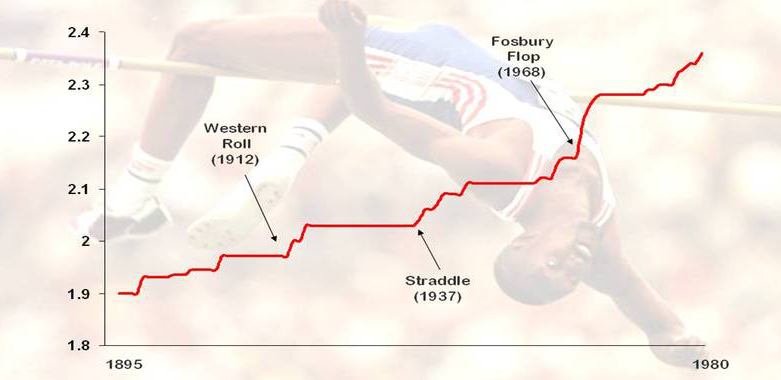The Performance Measure Paradox
By NRC on January 21, 2016

- By Tom Miller -
A savvy housing director received performance data that included citizen survey results in which residents rated “quality affordable housing” low in her jurisdiction. She took the results to council to advocate for a budget increase devoted to the city’s permanently affordable rental program. In a community nearby, residents gave really high ratings to affordable housing, and the director of neighborhood services there made virtually the same request. People like what we’re doing. We need more resources to stay ahead.
Smart managers and elected officials often use performance metrics from survey results to press for programs they favor irrespective of the direction the measurement needle points:
- Low crime rates? More sworn officers to keep ratings strong as the community grows.
- High crime rates? More police to knock down crime!
If you ever slouched into the conventional wisdom that data speak for themselves, this blog, describing the same actions justified by opposite results, should stand you up. We’re supposed to track performance indicators because professional managers run cities on fact, not feeling. But as I’ve noted elsewhere there’s more to good behavior than good data.
The use of contrary findings to support the same action may be good news for politicians, lobbyists, and staff advocates, but academic researchers and government analysts cringe at the mercurial use of performance measures. Many municipal managers don’t know what to do even with years of resident opinion about the quality of services or community life. The appropriate actions are not obvious in other performance metrics either.
How can we seat performance metrics into the foundation of planning and resource allocation so that official actions based on the data are not whipped by countervailing winds of advocacy? If we’re honest, we can’t. However, we can offer protection that helps to emphasize the best responses to performance data.
Here are five ways to help stakeholders know what to do with performance measures.
1. Make decisions about action with advice from broad stakeholder groups that include staff experts, elected officials, other community managers from schools, hospitals, and community-based organizations, and the public. Wider perspectives help you home in on more reasonable choices.
2. Connect performance metrics to each other and to other community conditions from the worlds of education, politics, business, and finance to develop a rounder story in which to understand the metrics. A credible story about a set of measures gives context and meaning that stand-alone metrics lack.
3. Communicate with other jurisdictions that do better on their performance metrics to learn what might (and might not) work at home. Learning what fits offers a clearer road forward.
4. Understand what residents think, not only about fundamental conditions of the community and government services, but also about important policy issues. Responses to policy questions generally offer clearer direction than do standard performance data.
5. Make sure the city manager and/or mayor advocate actions based on performance measure levels and changes. Staff motivation to make sense of the numbers – whether resident opinion or administrative statistics – is maximized when top officials expect thoughtful movement based on fact.
This article previously appeared in Performance Management by ICMA.
Related Articles
- The Reptilian Manager
- Citizen Opinion for Performance Measurement Lurches into a New Century
- Performance Management is Not All About Data
Popular posts
Sign-up for Updates
You May Also Like
These Related Stories

Putting the “Performance” into Performance Management
Previewing and Activating a Prioritization

